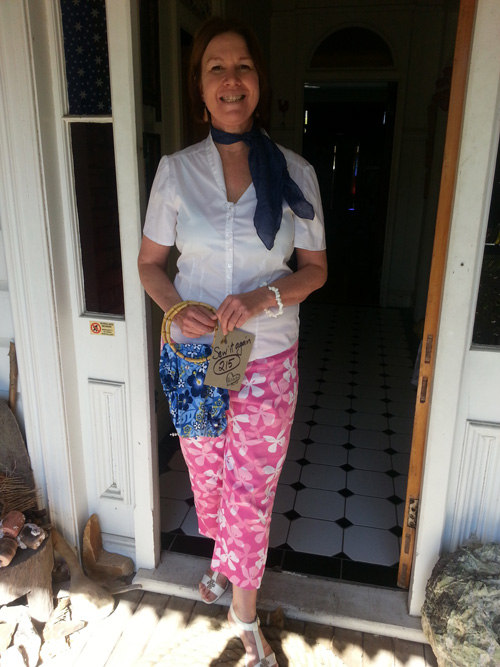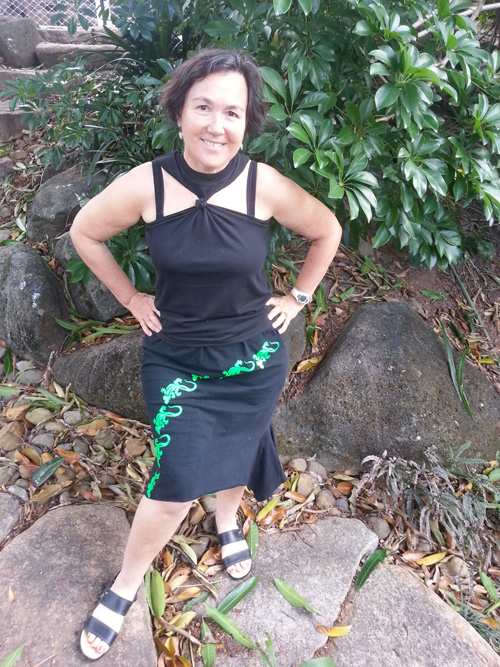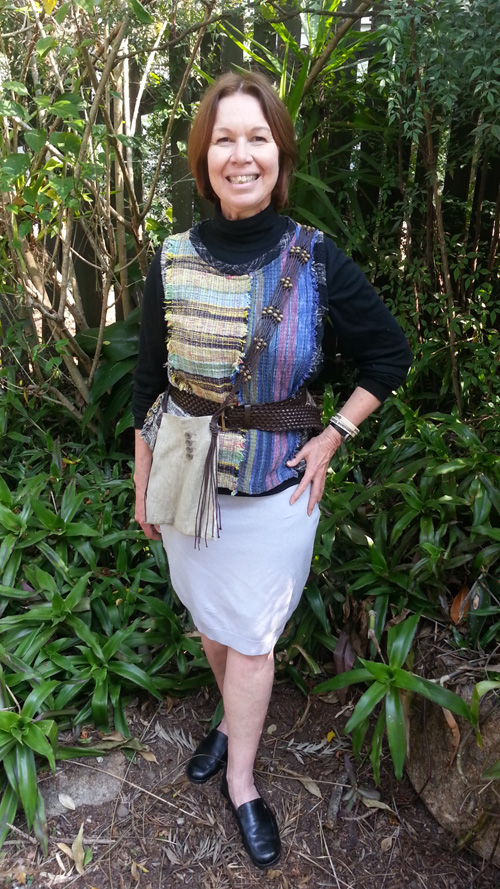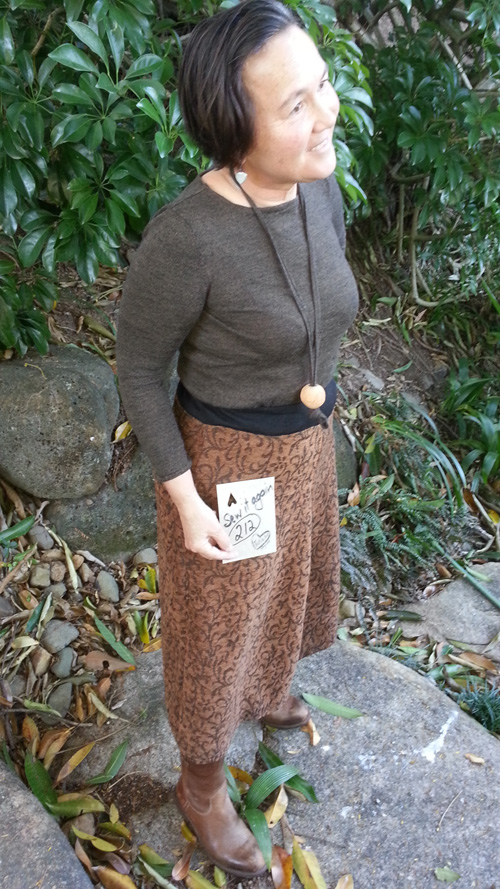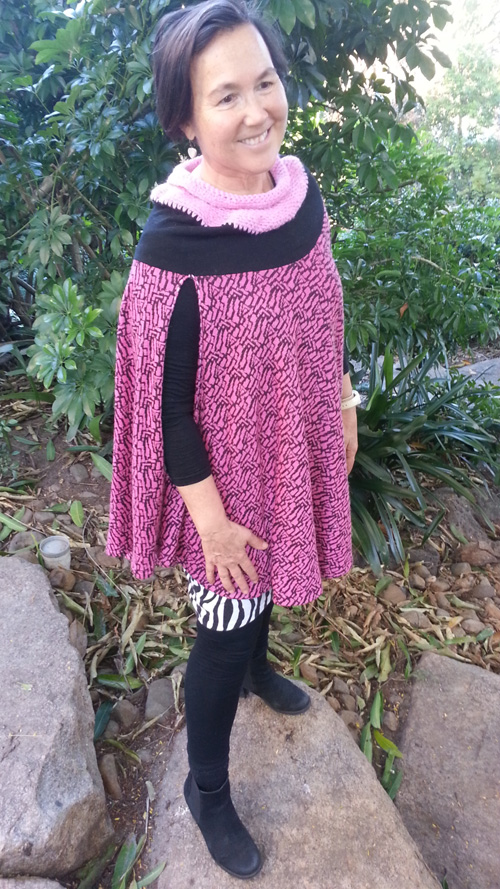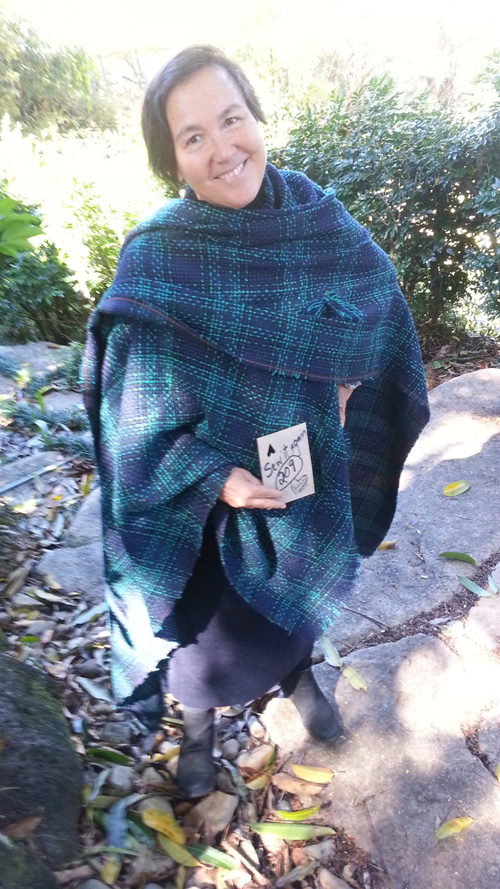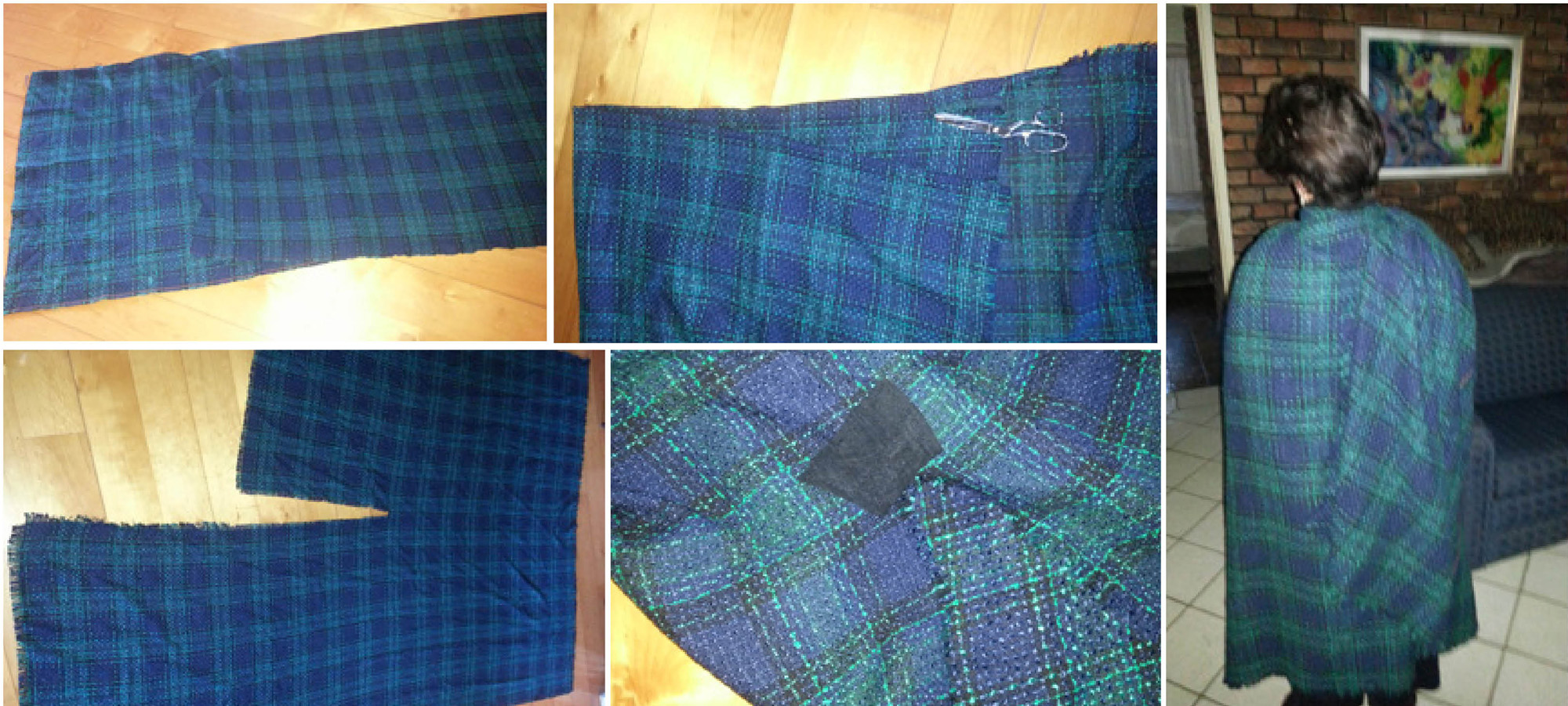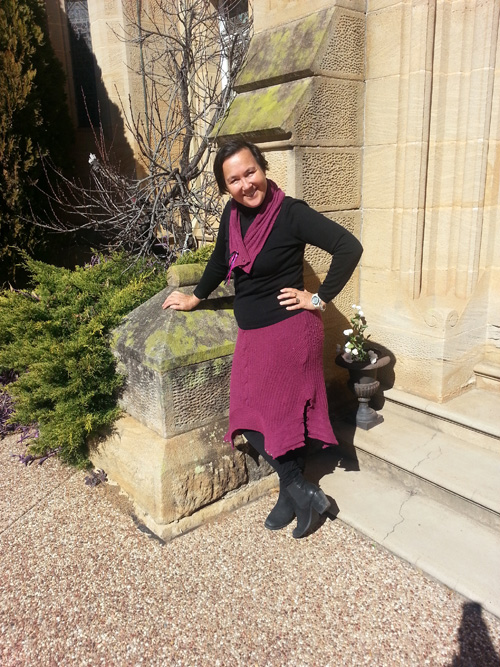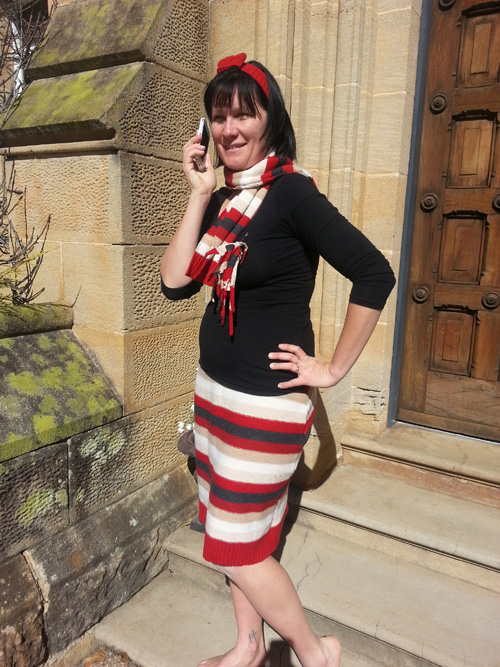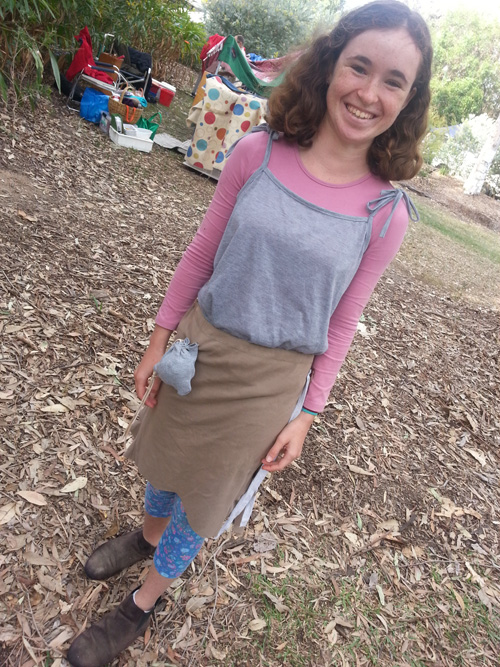 Clothing is third on the list of wasteful consumption after food and credit interest, according to The Australia Institute.
Clothing is third on the list of wasteful consumption after food and credit interest, according to The Australia Institute.
A TAI 2005 research paper says that while we ostensibly buy goods and services to meet needs, social and economic systems now depend on growing levels of consumer spending unconnected with any needs.
It says: “Consumer spending is everywhere praised as being ‘good for the economy’; indeed, in the long term, it is only consumer spending that keeps the economy growing, and economic growth is almost universally believed to be the most important contributor to national and personal well-being (Hamilton 2003). As a consequence, economic growth has become a dominant objective in itself, irrespective of the extent to which it contributes to improving social well-being.” Continue reading
